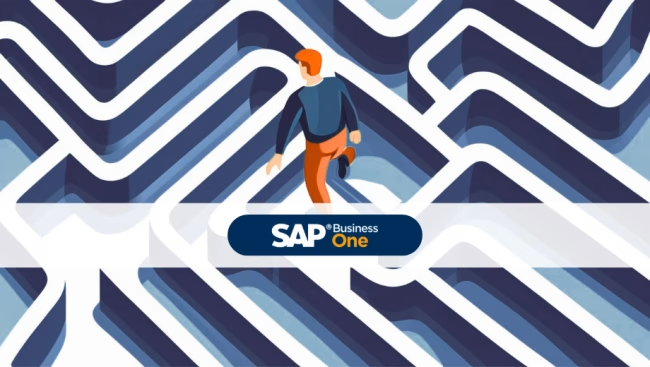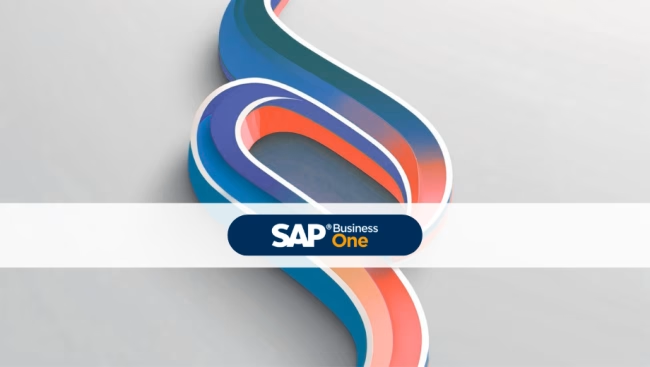In the SAP Business One environment, you often find a lot of Microsoft software. Licensing this correctly is not always easy.

There is no getting around Microsoft
SAP is getting ready to start with HANA a very powerful alternative to other databases to be established. For SAP Business One, however, most existing installations are still using the Microsoft product MS SQL Server use. In addition, other products from the Redmond software giant are usually required in the interaction of ERP software for SMEs. This starts with the operating system, continues with MS Office including Outlook and sometimes involves the use of additional programmes such as Visio or MS Project.
MS SQL SERVER - "The core of the server"
Now SAP Business One offers a simple way to MS SQL Server licence. With a per-user licence, a corresponding database user is simply added to each SAP B1 user.
With many users (more than 20), however, this can be the more expensive option. It can be cheaper, MS SQL Server with a Microsoft Server licence. From then on, however, things get complicated. SQL Server 2014 then requires licensing according to processor cores. At least 4 cores must be licensed.
Microsoft CALs - Who, when, about what
The licensing of Microsoft products with client access licences (CALs) for Windows Server is a science in itself. Firstly, there is the distinction between
Device CAL: A device CAL licences a device for use by any number of users who are permitted to access instances of the server software with this device. These are divided into device CALs and user CALs. One licence is for access from one licensed device by several users. The user CAL authorises access from several devices by one user.
The licences are version-dependent. With a CAL for Windows Server 2012, you can access lower versions. However, you cannot operate a higher version with a licence for Windows Server 2008 R2, for example.
But that's not the end of the story. There are also variations of CAL licensing: CAL suites, core CAL suites, bridge CAL users ...
Virtual is different again
If you now want to use the possibilities of virtualising software, you need to pay even more attention. Different rules apply for services such as RDS (Remote Desktop Services) and/or VDI (virtual desktop infrastructures). Microsoft volume licences should be considered here.
MSDN subscription - for testing only
Now some IT companies thought they could escape the licence jungle. There is an MSDN subscription that authorises the use of almost all Microsoft products. But only for test and demo purposes. With every "productive" personal use, the user violates the licence right.
Caution with information and audit!
This is just a sample of the depths you can get into if you want to licence all Microsoft products correctly for a medium-sized company. Anyone who thinks that this is an issue that can only pose a threat to larger companies is mistaken.
The last initiative launched by Microsoft to check licences affected over 15,000 SMEs in 2015 alone. The manufacturer first provides the companies with an Excel sheet (Deployment Summary), which should be completed and returned. If you do not comply with the request, you can expect more pressure from Microsoft. However, you should not enter anything in the Excel form that could give rise to suspicion of sub-licensing. This could lead to authorisation for a software audit. Such an audit must be based on the law. The following paragraphs can be used here 101 and 101a UrhG. Accordingly, a copyright holder can only request information if "an infringement is sufficiently probable".
The issue of "incorrect licensing" does not only apply to Microsoft licences, of course. SAP Business One can also be used in a way that does not correspond to the licence purchased.

What is the better ERP license model

Licensed user frustration: survey calls for more transparency

Caution with the licensing of Microsoft products


